Cups on cups on cups on cups of delicious, fresh, acidic, fruity and flavor intense coffees. Black currants, lime, mango, papaya, passion fruit and raspberries. This is just a few of the flavor attributes found in the Kenyan coffees this year. Kenya is famous for their coffees, and for their way of growing, processing, washing and drying coffees. And not the least, exporting coffees.
And that’s where we come in, the green buyers. We go to Kenya several times a year so we can cup and discover new coffees, and relive well known classics. And that was exactly what I was so lucky to experience this January. We came to Kenya the 15th of January. The first day was spent in Kiambu, visiting farms and one dry mill. This was for me to understand how it all works.
The second and third day was cupping with one of our long term relationships. Cups upon cups, upon cups we tasted. And I must tell you, cupping fresh Kenyan coffees, is super hard. Not only are the coffees already acidic, but they can also seem very green and vegetal. And when they are, it is hard to see whether there is complexity, sweetness or fruit underneath. Luckily, I was travelling with Morten, who is a very experienced cupper. He is great at seeing potential in coffees, through freshness, acidity and vegetables in the cups.
This harvest, you can expect a more narrow array of Kenyan coffees from Nordic Approach. This is because we want to be even more clear and focused on our selection from the different countries we buy coffees from. But to give you a sneak peak, you can expect to see some new names, as well as our very popular classic Kenyan coffees filled with florals, lemons and lime, vanilla and berries. We look forward to be sharing these profiles with you, and kick of this year with sparkling fruits, delicate florals and balanced citrus fruits.
An overview of how coffee is processed in Kenya:
- The coffee is picked and the cherries get delivered to a cooperative
The Cooperative / Wet mill (called Factory) processes the coffee, and dry it. - The Dry mill receive the parchment ( dried coffee) and hull, grade and sort it before it is presented to the market and buyers.
- Most Kenyan coffees are grown in small farms, in regions with a lot of other farms. They mainly deliver the cherries to the communal farmers Cooperatives.
The Cooperatives’ coffee factories (washing stations) will process the coffee. They can mix everything from a handful and up to some hundreds of farmers in one lot.
The factory is conveniently enough located on a downhill. Or an amphitheatre if you will.
The reason of this, is because everything is run by gravity:
- The coffee is put in a hopper, and goes through a pulper, then into a tank below to ferment.
- Then when the coffee is done fermenting, water is added and the coffee flows further down with the water to the next step of the process.
- The density channels (washing channels). This is where the heavier beans fall to the bottom of the channel, and the lighter beans / floaters float along the surface of the water. The lighter beans will go for the local market or sold as undergrades.
- Once the beans have arrived at the washing channels, workers wash the coffee by having broom like stick and shuffling the coffee up and down in a systematic matter.
When this process is done, the coffee is moved to the drying tables. It is often handsorted for defects at the tables. Yes, tables. Often made with mesh underbelly, so the air can come through and dry the coffee. The coffee is also often covered during the hottest hours of the day. After the coffee is dried for about 10-15 days, the coffee is taken to the next site.
After drying the coffee, it is often rested in big bins before it is delivered in parchment to the dry mills.
The dry mill hulls the coffee, meaning it takes off the parchment, grade it in to AA, AB and PB for premium exports and the rest mainly goes as lower grades. And then they normally cup it. This means in Kenya the coffees are normally dry milled before it is sold, and that is pretty rare.
Auction vs direct
Then, the coffee will be presented to the market by an official licensed “marketing agent”. It can be sold directly to an importer, like Nordic Approach, or put in the auction. This will be up to the producer/Cooperative and the buyer like us (if we come to an agreement).
When coffees are presented in the auction, each “marketing agent” have a catalogue. The Exporters/traders can order samples and cup in advance. Many of the importers work in close partnership with the marketing agents and certain cooperatives and will have the first pick of many of the coffees. After cupped by the exporters and their buyers (Nordic) they can choose if the coffee should still go to auction or be sold directly.
In the auction the different exporters/traders bid on the coffees they want, and then add them to their offerings. In most cases when sold directly you have to offer a good premium above the last weeks auction price.
When a coffee is bought, either through the auction or directly, the green coffee moves to the exporter’s warehouse for final sorting. There they also bag it and make it export-ready.
The unique thing with Kenya and their cooperatives is that the coffee is in the farmers Cooperatives possession until it is finally sold. And there is no intermediate trade of cherries to cooperatives or parchment to dry millers etc.
And, the transparency and traceability is there for everyone to see. Even the smallholder farmers will be able to know the final prices for their coffees. The higher performing and well established farmer Cooperatives put their pride in the higher payment to the farmers. Often more than 85% of our purchase price goes back to the growers. (Kenyan legislation means Cooperatives are not allowed to take more than 20% profit, some of the ones we work with take as little as 9%).
Please stay tuned for my next blogpost, where I’ll give a sneak peak of this year’s season in Ethiopia!
From Addis*, with love
Kaya
*Kaya is working from our office in Addis, Ethiopia for two months, to improve the lab and quality control
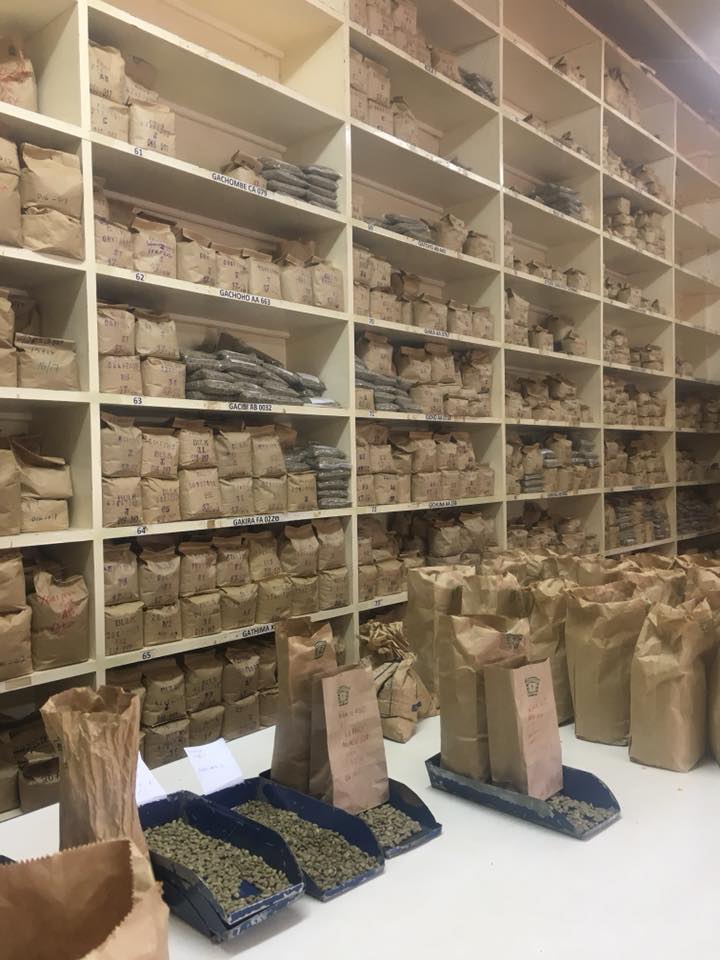
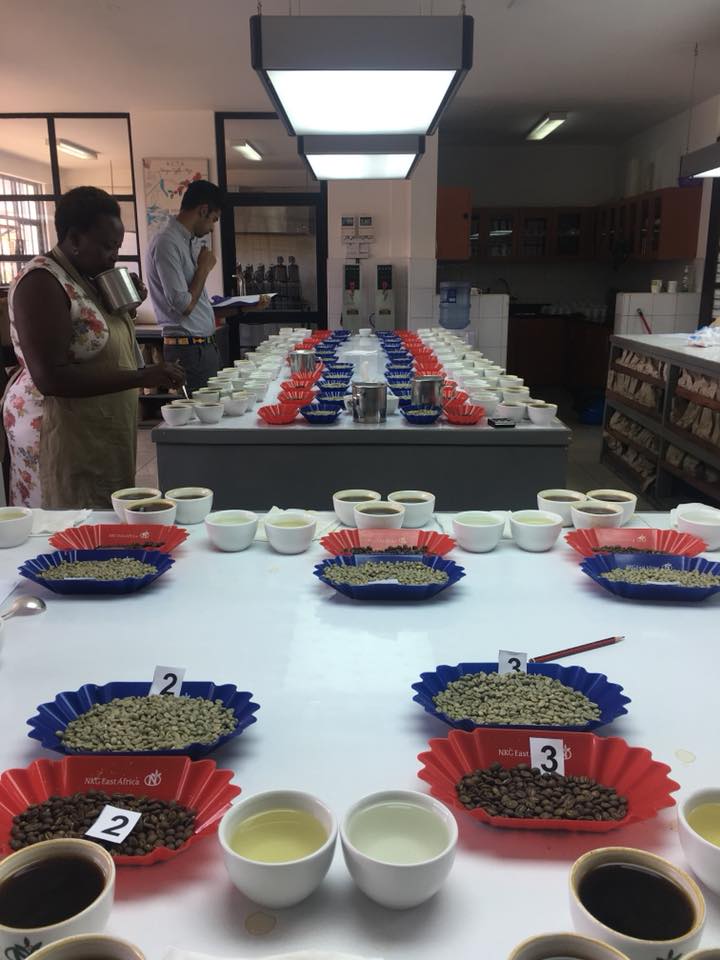
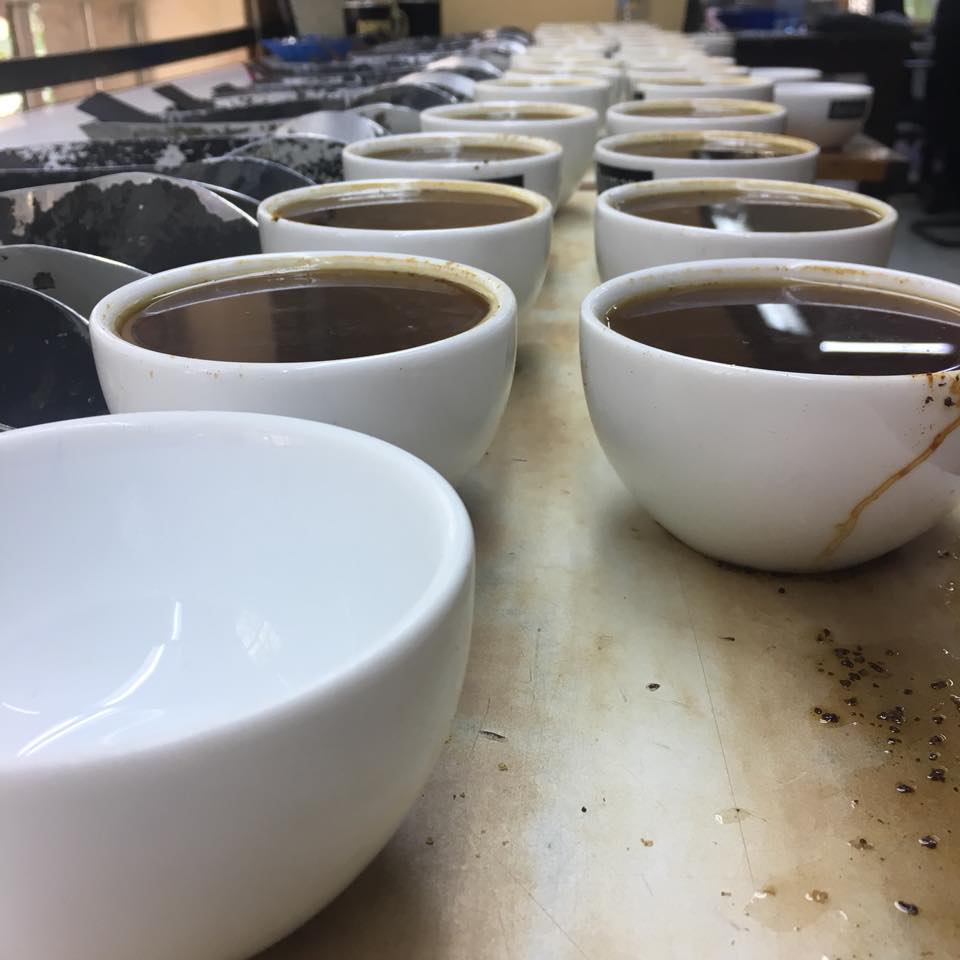
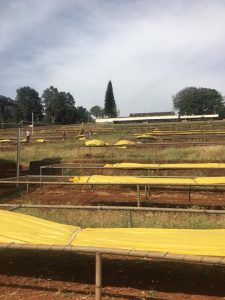
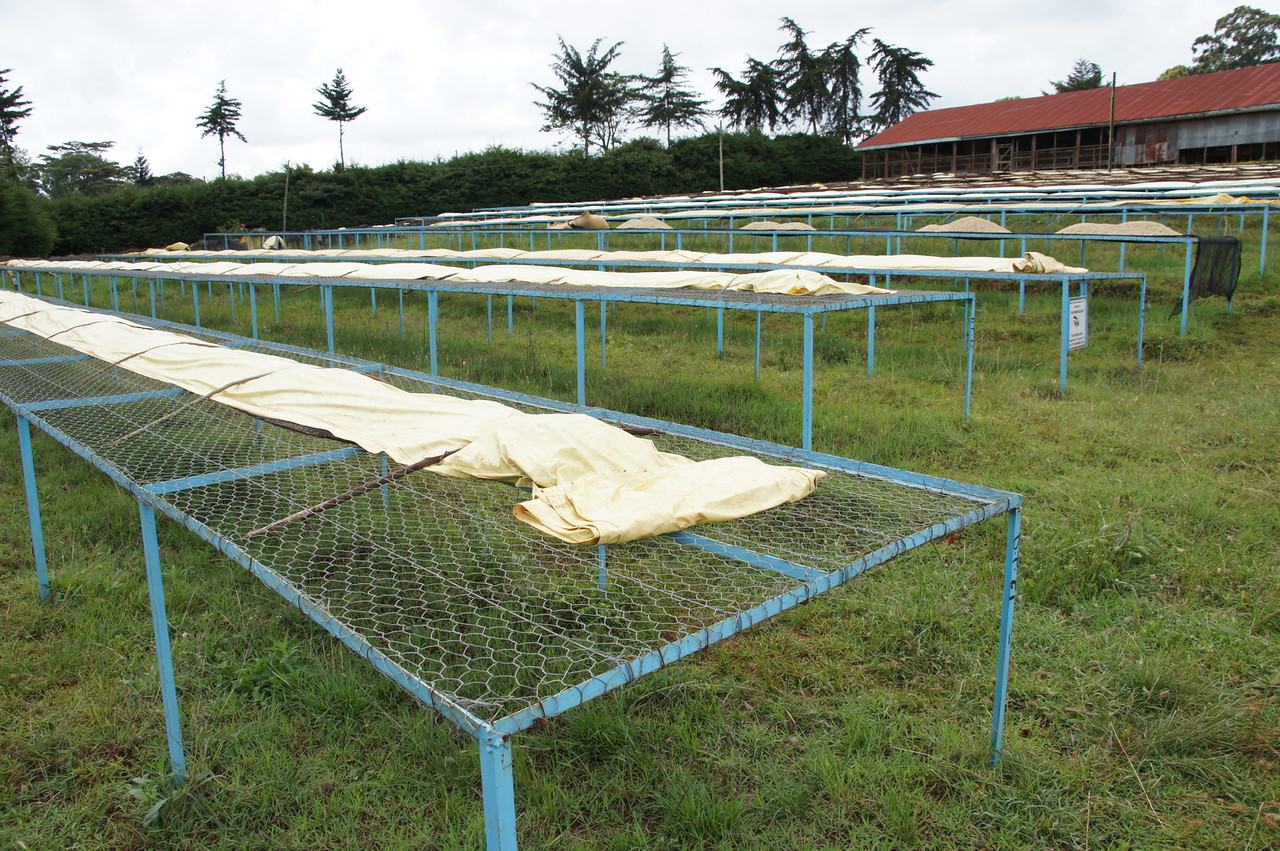
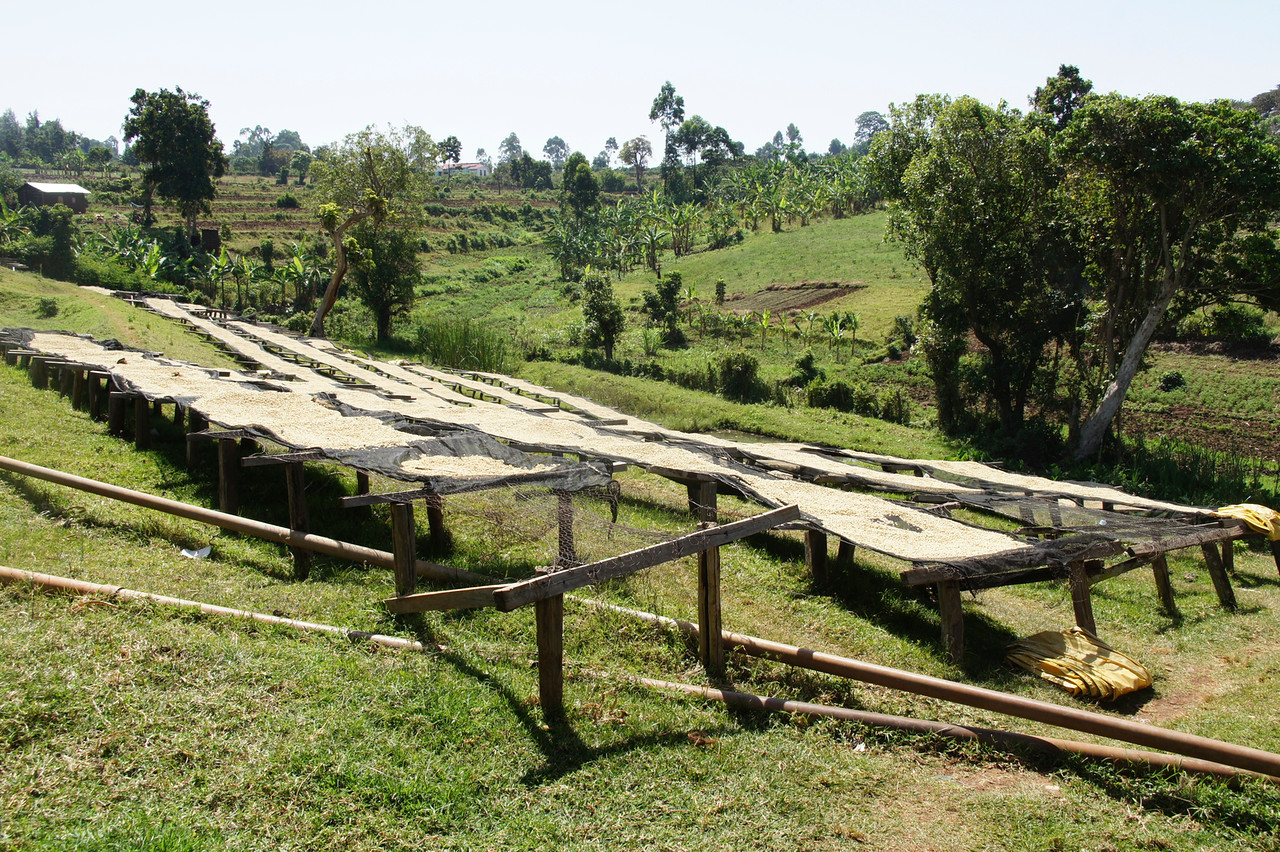
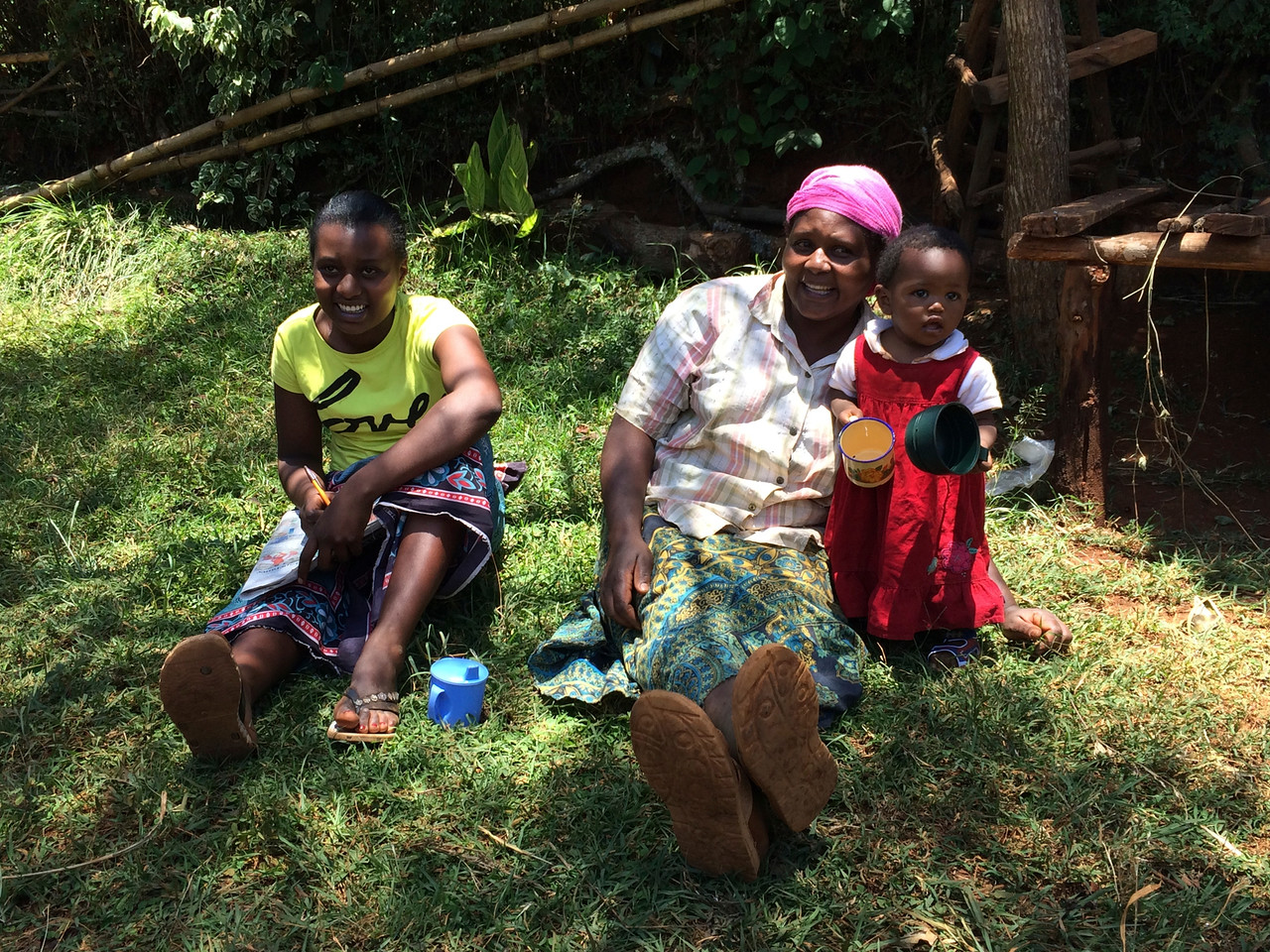
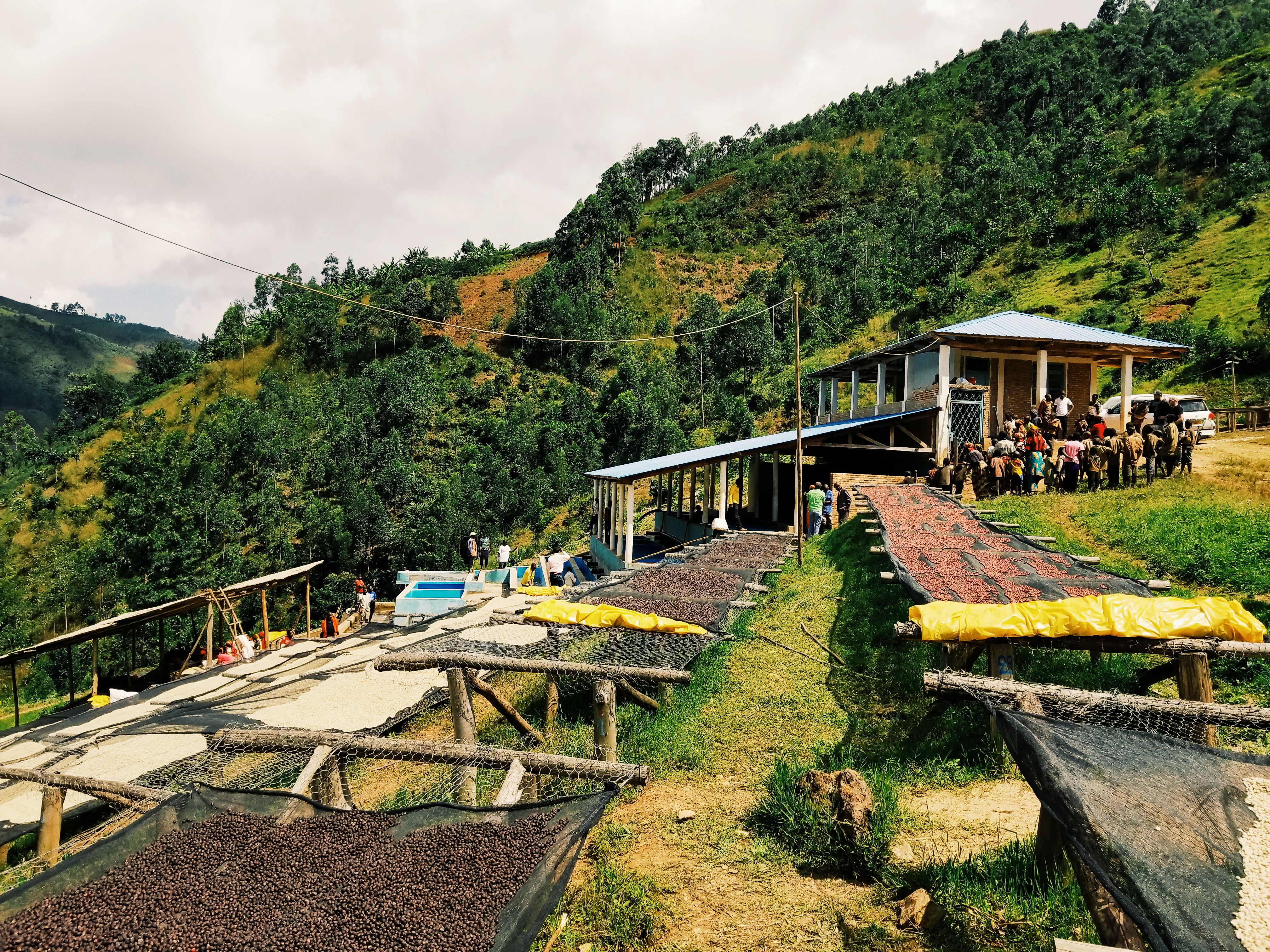

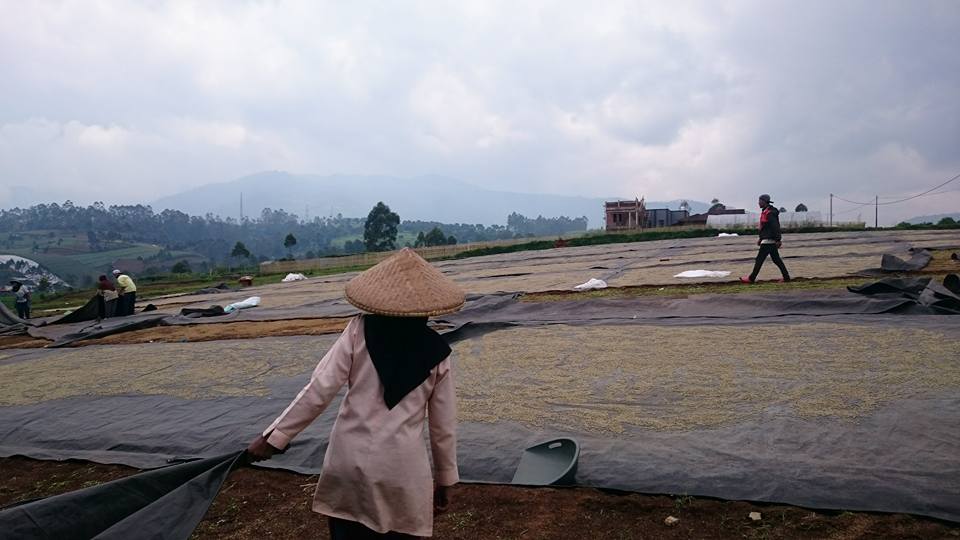
0 Comments